Them's the Brakes: Musk Promises 'Further Refinement' of Model 3's Binders

If you weren’t on Twitter yesterday, well, you picked a good day to stay away. However, if public battles between an automaker and the media is your thing, coupled with exasperating (and disturbing) displays of tribalism from the manufacturer’s fan base, Monday was a gold mine.
The social media brouhaha was a result of Consumer Reports‘ less-than-glowing review of the Tesla Model 3, which was found to have the worst braking performance of any contemporary car in the publication’s testing catalog. As Tesla disciples circled the wagon (one created a list of “bad journalists”), Tesla CEO Elon Musk responded to CR‘s findings.
Actually, Tesla disagreed with CR‘s findings even before publication. When contacted about the braking results, a spokeswoman cited a panic stop distance roughly 20 feet shorter than what CR averaged after several tests of both a Model 3 test vehicle and a privately owned loaner. Tesla claims 133 feet, CR says 152 feet.
(Note: this isn’t the first time Tesla and Consumer Reports sparred over a review.)
In her response, the Tesla spokeswoman made the puzzling claim that, “Unlike other vehicles, Tesla is uniquely positioned to address more corner cases over time through over-the-air software updates, and it continually does so to improve factors such as stopping distance.”
Musk made a similar claim in the wake of the report, responding on Twitter to a certain shareholder.
“Very strange,” Musk tweeted. “Model 3 is designed to have super good stopping distance & others reviewers have confirmed this. If there is vehicle variability, we will figure it out & address. May just be a question of firmware tuning, in which case can be solved by an OTA software update.”
He continued: “Even if a physical upgrade is needed to existing fleet, we will make sure all Model 3’s having amazing braking ability at no expense to customers.”
Responding to another Twitter user, the CEO said, “The CR braking result is inconsistent with other reviewers, but might indicate that some Model 3’s have longer braking distances than others. If so, we will address this at our expense. First time we’ve seen anything like this.”
Claiming that CR tested an “early production car,” Musk stated that he’ll request the publication test a newer example. That said, the CEO claimed lengthy stopping distances could indeed “be fixed with a firmware update” that alters the car’s anti-lock braking algorithm.
“Will be rolling that out in a few days,” he tweeted. “With further refinement, we can improve braking distance beyond initial specs.”
As parts guru Bozi Tatarevic (one of the bad journalists, who is not to be trusted) states, the Model 3 uses an electromechanical Bosch iBooster front brake system, which is basically a hydraulic system with an electric motor that helps generate brake pressure in a speedy manner. An over-the-air update that tweeks the system’s electronic control unit could shorten panic stop distances. Maybe. We’ll see.
It’ll be interesting to see what CR uncovers when it gets its hands on another Model 3. In the meantime, we’ll place the publication’s findings on a higher pedestal than the emotions of a rabid fanbase.
[Image: Tesla]

More by Steph Willems
Latest Car Reviews
Read moreLatest Product Reviews
Read moreRecent Comments
- Master Baiter Cells capable of accepting fast charge have been available for years in power tools. You sacrifice energy density in cell designs of that type.
- 2ACL 500s seem to be decent if one stays on top of maintenance. I test-drove some middle-mileage examples car-shopping for the girlfriend and they made a stronger impression upon me than I expected. Haven't driven an Abarth, but I suspect they were among the best cared for given their enthusiast bent.That said, I recall the Multiair Turbo has some wacky service intervals (i.e. 30k miles for spark plugs), the car as a whole imposes utility and component accessibility challenges as well as fuel economy that's worse than several next-size up cars with comparable power. Interesting, but a terrible value IMO.
- Kjhkjlhkjhkljh kljhjkhjklhkjh Just looking at the PLUMETING cost of used tesla's (28k for a 3P ex) I contest the ''gubberment'' argument. If anything the gubberment is his BEST AND ONLY ALLY because with the increasing emissions regulation a cheap tesla is a hell of a buy.but as previously stated .. were in a saturated market for EV's right now.
- SCE to AUX This must have been a very interesting event.Of course, 'sustainability' may come with a price tag.
- Redapple2 TTAC ate my post. 2 paragraphs. Hit Send. No post apprears. 3rd time. I ll write less. Becoming the KMart of sites?

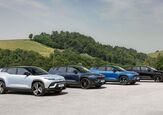
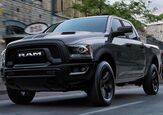













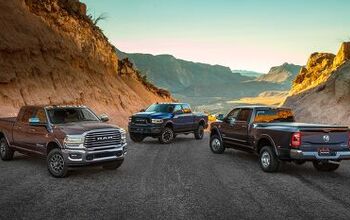
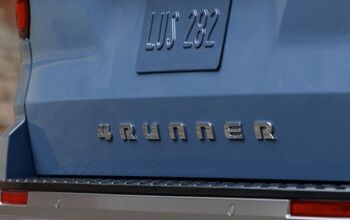
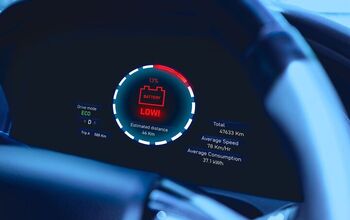
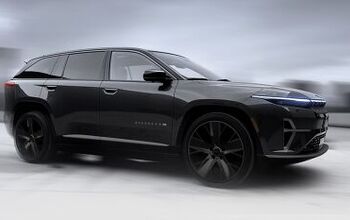
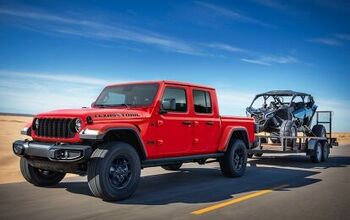
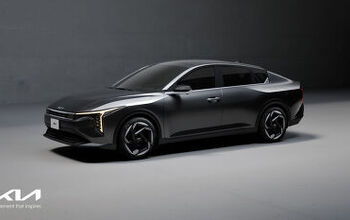
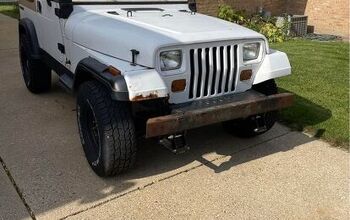
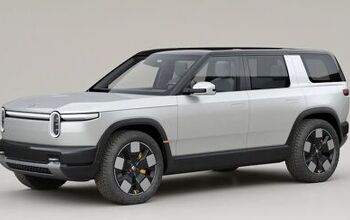
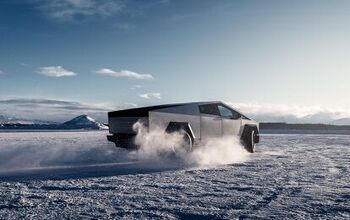
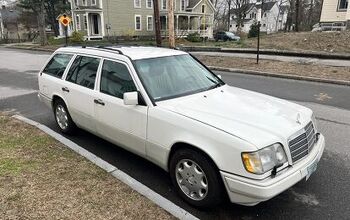
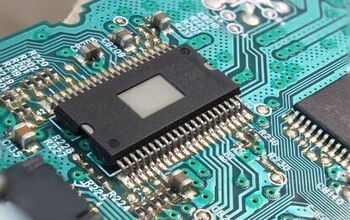

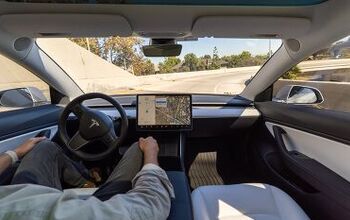
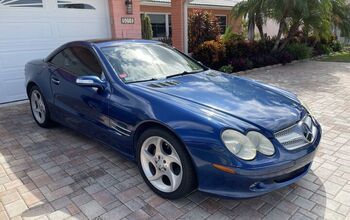

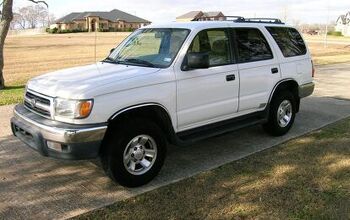
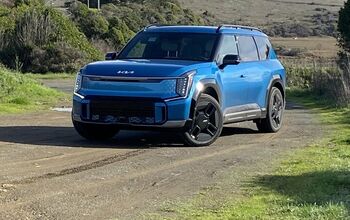
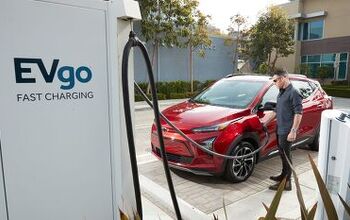
Comments
Join the conversation
All I can think of is an ABS controller/ Regenerative Braking issue...nothing else makes sense mechanically. If there are Model 3's out there with a 20-30% variance in braking distance it is certainly a serious safety issue... I hope it is just a Firmware OTA....Tesla could actually turn this into a win if they find, fix and update existing Model 3's in a day or two...
Doesn't it give you the warm fuzzies that *braking performance* can be changed with an OTA update? I sure hope those are the most secure servers on the planet...